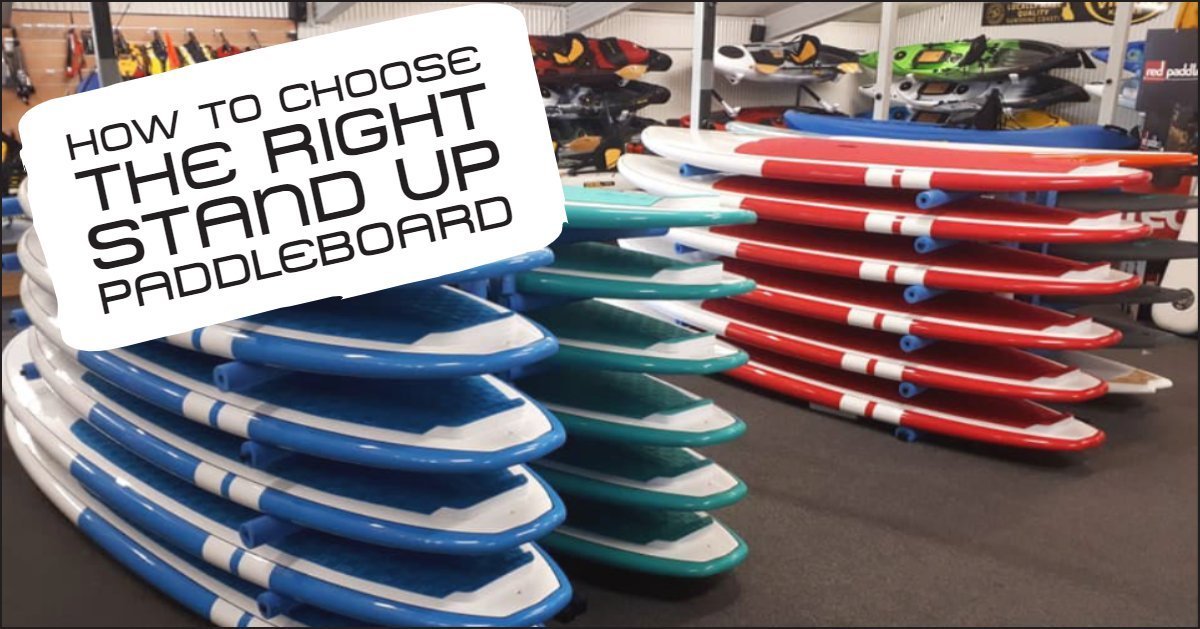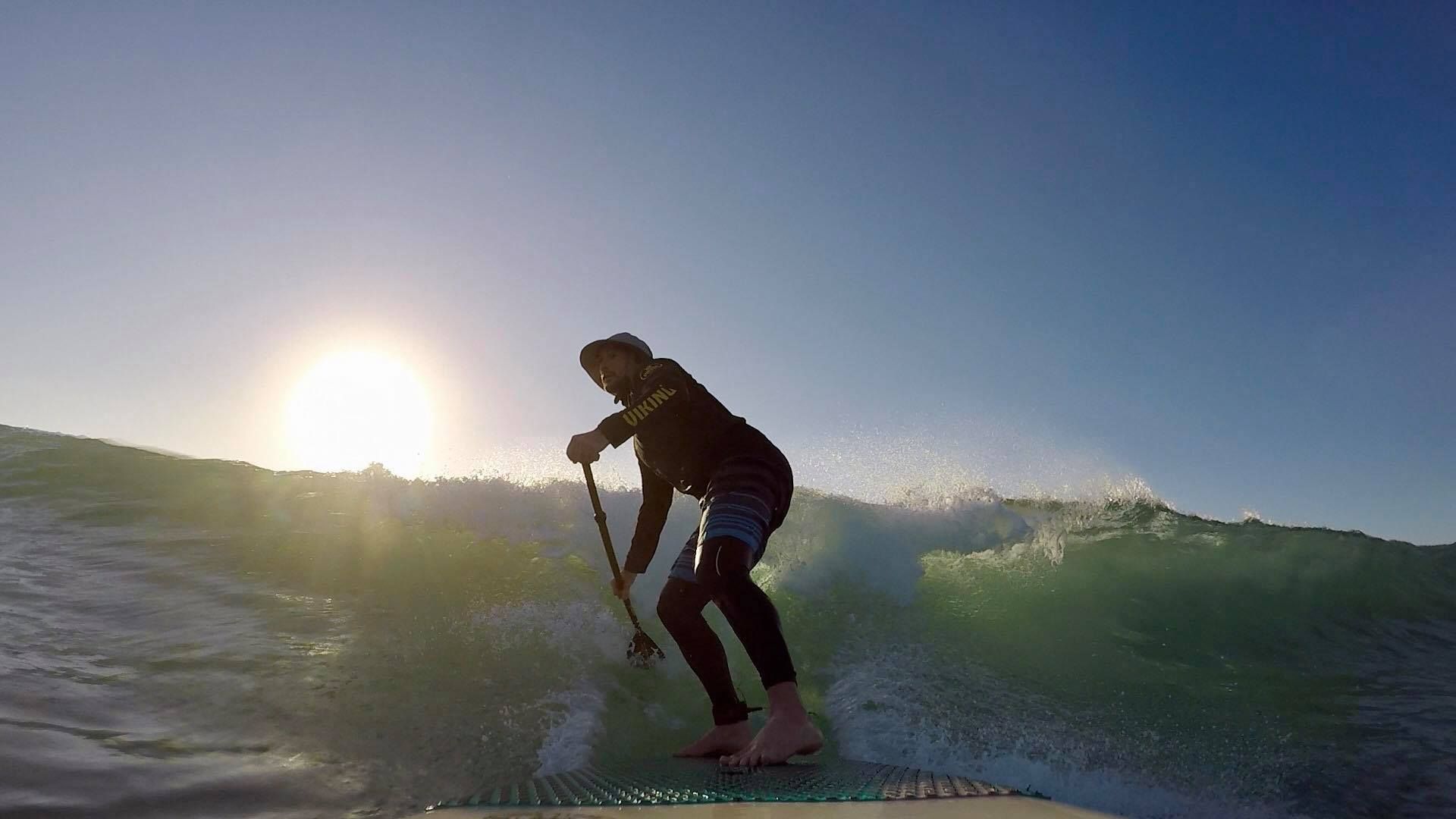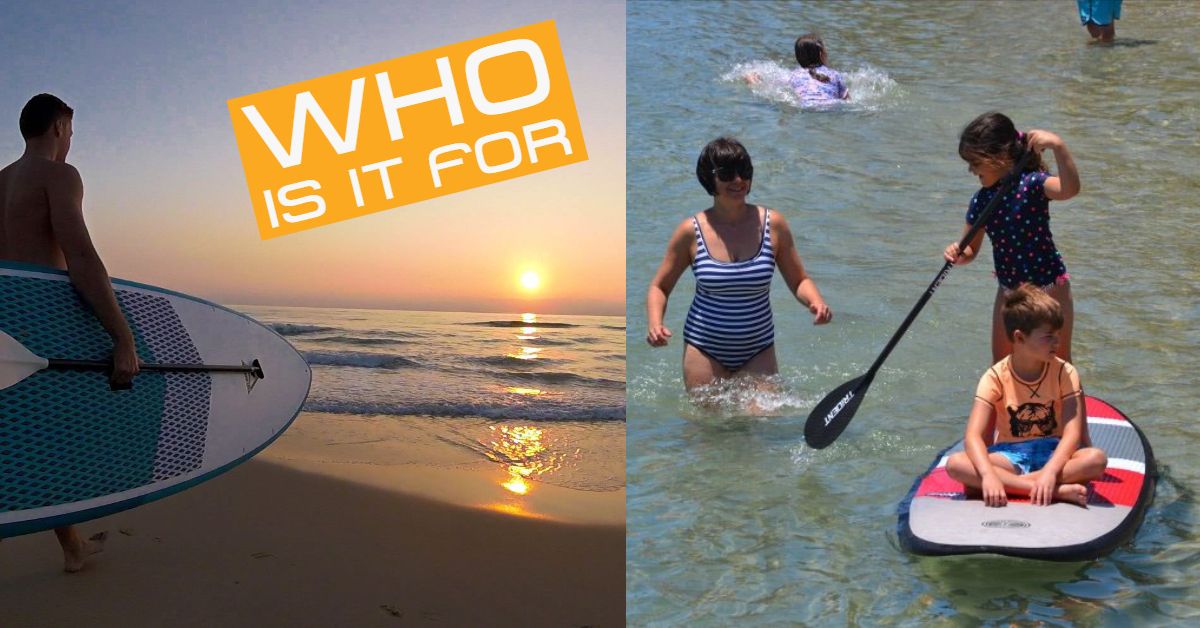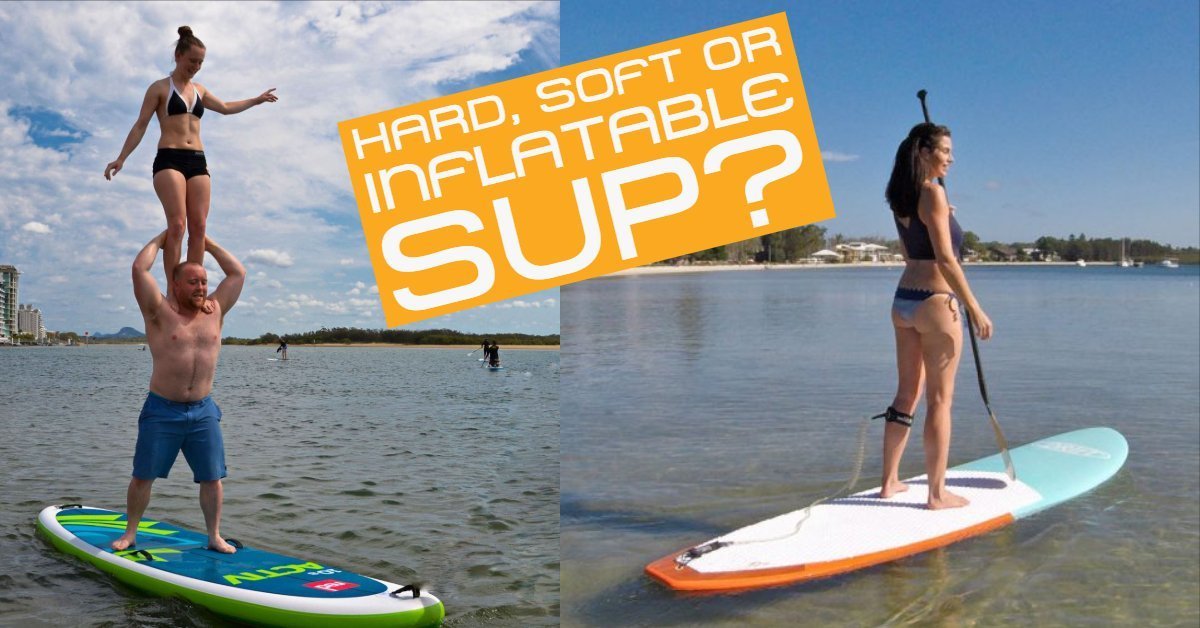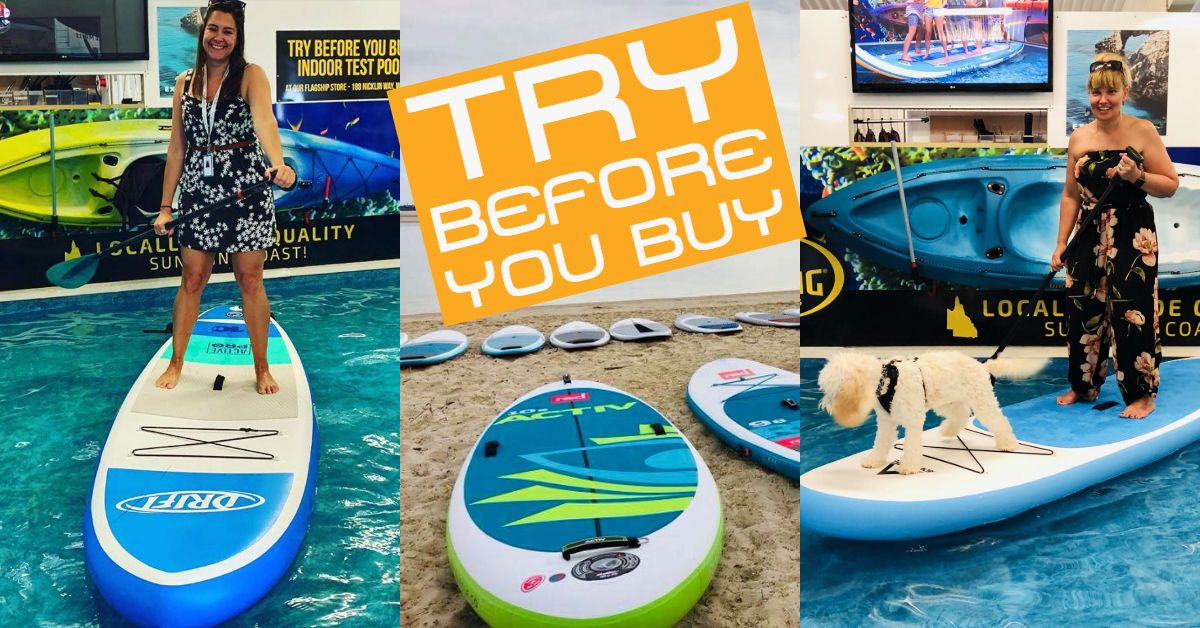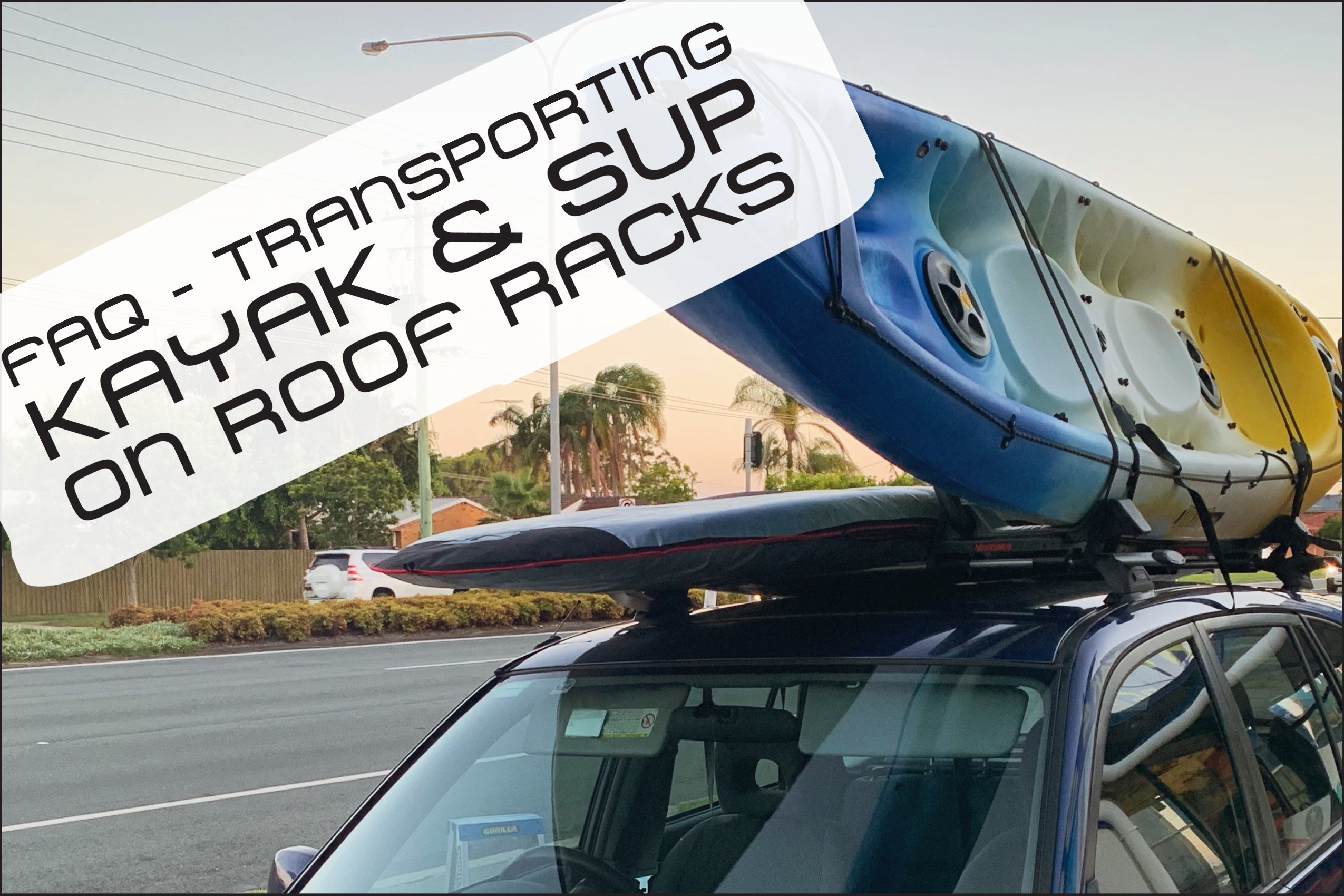Stand up paddle boarding (SUP) offers something for everyone and there is no better place than the Sunshine Coast to enjoy Paddleboarding. Fitness, family, surf and just getting away from it all for an adventure, owning the right board is key to your enjoyment. In this post, we share some insights to show it’s not too complicated once you have identified a couple of key things.
Here at Kayak & SUP, we are in the business of making sure you’re going to love it not just in the showroom but for years to come, “buy right buy once”. Link to book in for a free demo of any boards at the end of this article, we would love to meet you and help you buy a Paddle Board you will love! Try it – Buy it – Love it!
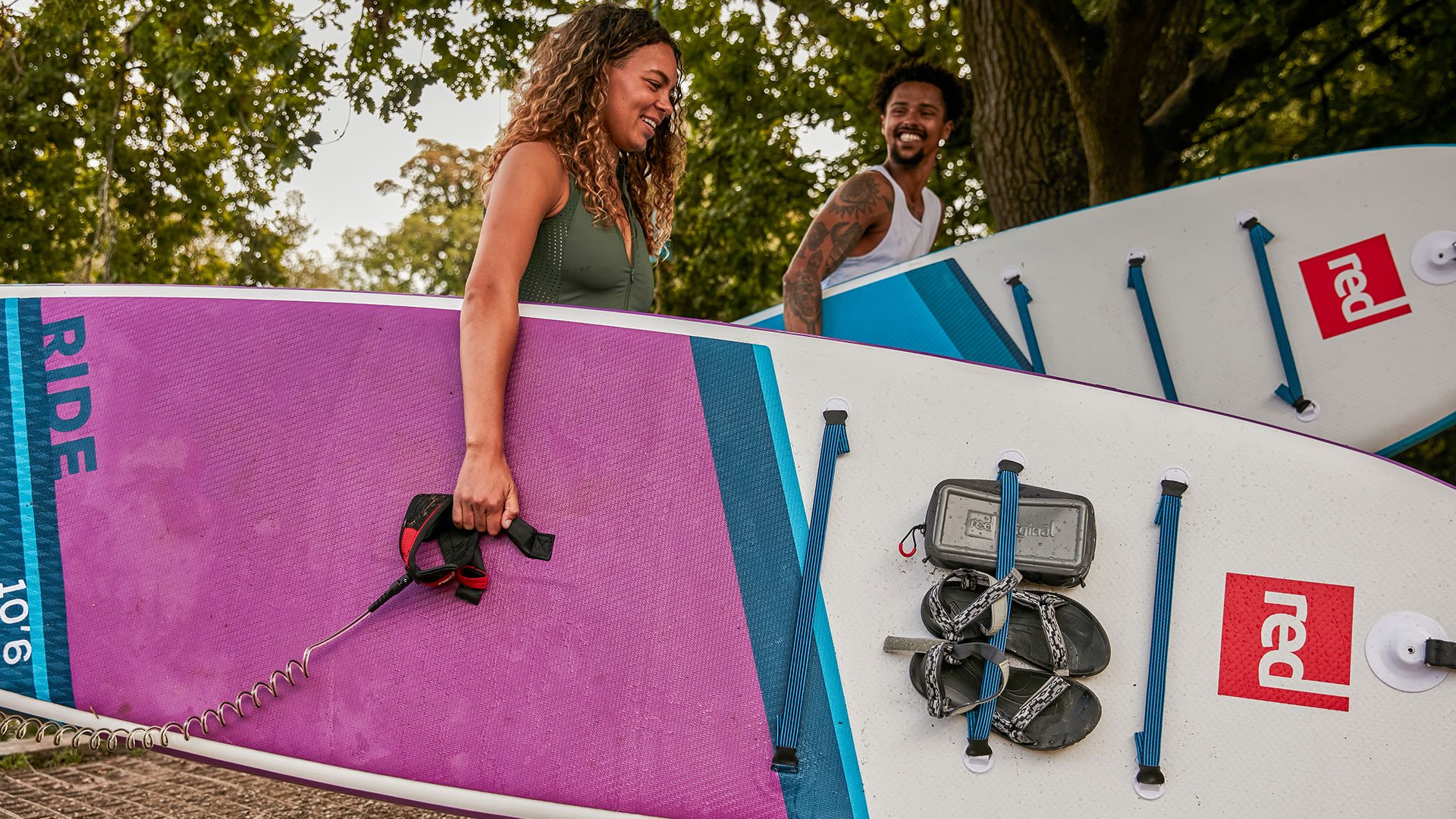
To find the right stand up paddle board for you, consider some key things – Where you’re using it (lakes, rivers with current or ocean surf etc..) Who will be using it, just one person others or does it need to carry passengers (kids or dogs. These two simple factors will then lead to choosing the construction that suits your needs (Inflatable, Glass or Soft) and the shape (agility for surf, stability and efficiency for flat water or a combination of both). It really is that simple Here are the key decision points:
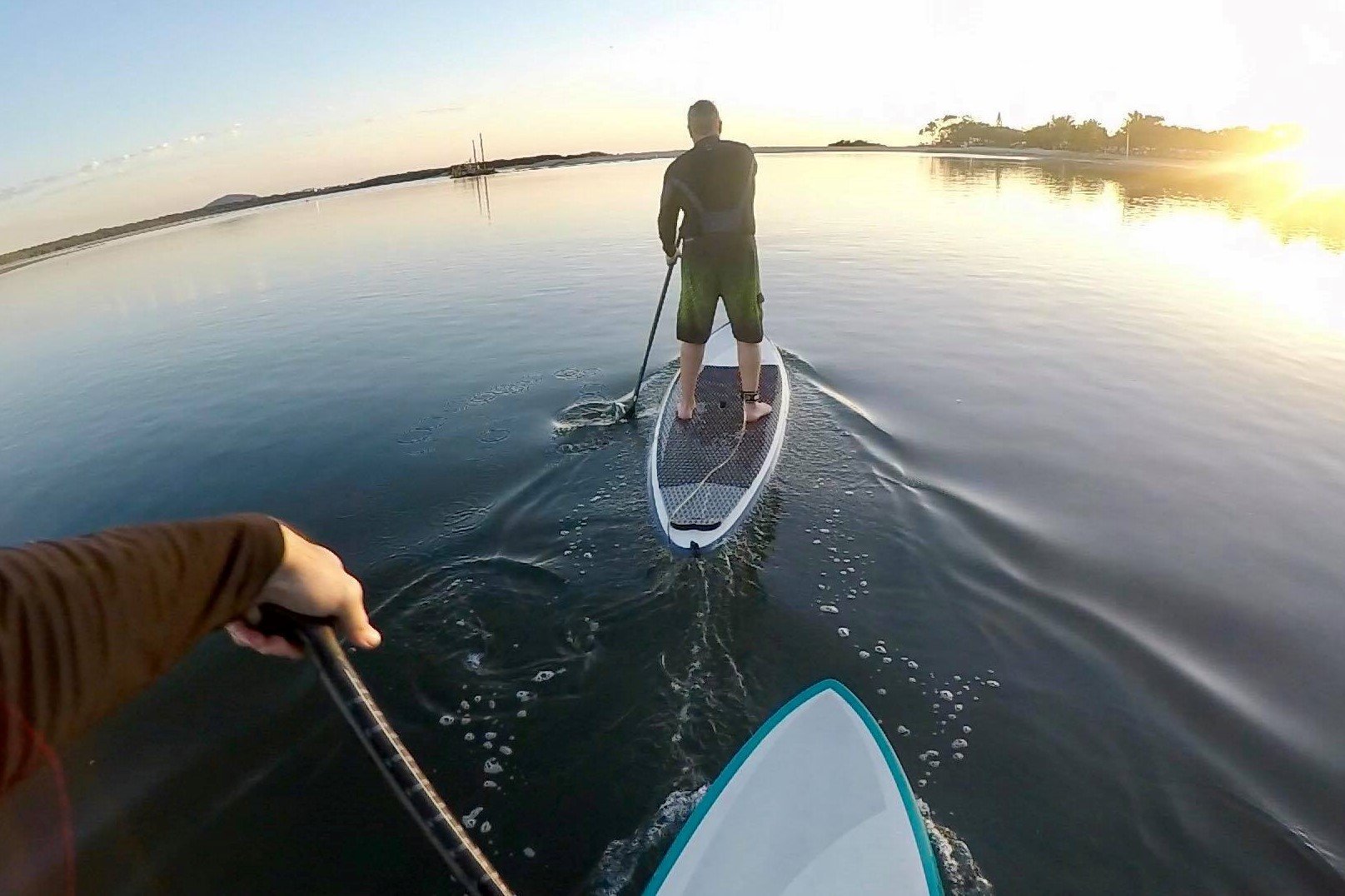
Where will you be using it?
This will help decide which hull shape is best for your needs. A board that will feel comfortable in the lake or canal where there’s no current might not feel the same in say the Maroochydore, Noosa or Caloundra river with current. Equally, Sup’s designed for surf all have subtle differences to suit the wave size and paddlers experience.
Canal, Lake & River – the good news here is we carry a range of all-rounder style boards that will be great in all 3 environments and even a little surf. The fundamentals are the;
- longer and narrower the SUP the easier it will travel through the water, less resistance. Generally, a 10’6 & 11’6 board will be a better choice for the river use than say a 9’4 or 10’0.
- As a rule, shorter boards are a better choice for surf as they are more maneuverable or light paddlers like kids as they will be slightly easier for kids to manage than a larger board.
All Rounder Hulls
The hull, or body, of a paddleboard plays a major role in determining how the board performs in the water. Our main sellers are the hybrid design that combines the best attributes of each design like the Adventure All Rounder and the Drift SUP packages. Perfect for the beginner to intermediate paddler with activities in mind like fitness family and adventure
Environments these SUPs are great to paddle are:
- Flatwater (Canals & Lakes),
- Flowing water (Rivers)
- Small surf (Cotton Tree and Noosa are perfect SUP surf learning places)
View All Rounder Stand Up Paddle Boards LINK
Surf orientated hulls
Again, here we can offer a range of boards that lean towards the surf-friendly designs without compromising general water use – this means you can buy one sup that will be ideal for different uses with very little compromise to the surf minded. This style of board suits those with surf experience, these boards can also be used to cruise the rivers and canals and are ideal for the surf beginner wanting to spend 60-70% of their time SUP surfing and the rest for fitness and general use.
Things to consider;
- Shorter the board the more agile but have less volume so better suited to someone with surf experience which generally means they will be taking on bigger waves the require more agility for steeper faces (you can always aspire to be carving up like Tom Carrol but walk before you run).
- Longer boards have a higher volume giving you more stability to relax and learn the art of reading and riding the waves… think more about enjoying the glide and the ride than the aggressive play (the bottom turns and carving up will come later if that’s your thing then you can upgrade to a smaller board).
The Tom Carrol Outer reef boards are certainly the best and where you would want to end up, but our Sixty Forty boards are well priced and can certainly hold their own in small to big waves. The Drift Surf Rider packages is an excellent package as is the Adventure All Rounder.
View Surf Orientated Paddle Boards LINK
Who is it for?
It’s important to establish who the board is mostly going to be used by as the efficiency of the board is based on a volume measure. Longer, wider & thicker the board the higher the carrying capacity (volume).
A SUP board must work for your size and weight its going to carry. That includes if you intend to carry a passenger like a child or a dog. If the board doesn’t displace the correct amount of water for your weight, you won’t be supported well and the board may feel unstable. Board volume and weight capacity are two factors that affect how stable you will feel and how well the board will travel through the water. Volume and weight capacity are determined by the length, width and thickness of the board.
Key points;
- If buying for one person then we will match the paddler weight to suit the best performance with the main intended use. In most cases, a 10’6 board will do this
If buying a board for multiple people of different sizes then a larger board like an 11’6 will cover all peoples needs. - When choosing a length, it’s helpful to understand how it relates to volume and weight capacity. A longer board can increase the volume and capacity, which can make it feel more stable and allow you to carry more on the board (width and thickness are also factors in volume and capacity).
- Consider, too, board length in regards to your type of car, home storage situation and length of walk to the beach or shore (longer boards are more difficult to carry, especially in windy places).
Hard, Soft or Inflatable SUP?
Let’s start with hard boards as they are the main seller – Most solid boards have an EPS foam core that’s wrapped with fibreglass and epoxy. From this link, you can see all our high quality products of crystal clear epoxy resin and will be able to segregate the best from the worst easily. As discussed prior, this board is a fairly lightweight, durable and affordable construction. Carbon fibre is a lighter and stiffer option, but it’s also more expensive. Plastic SUPs are more affordable, but they are very heavy and lack the performance of other materials.
Why get a solid SUP:
- Performance is your priority: Solid boards offer the best performance on the water. They travel faster, smoother and with less effort than an inflatable or soft board. If paddling fast and far are your priorities, a solid SUP is for you.
- Durability: something to be aware of is hard boards can be damaged easier than the alternatives, buying a bag will eliminate the majority of scenarios where hard boards get damage which is in transport and storage. They can be easily repaired
Inflatable & soft SUPs
Inflatable SUPs feature PVC exteriors with drop-stitch construction that creates an air core. They come with a pump for inflating the board and a storage bag for when it’s not in use. A quality inflatable SUP is designed to be inflated to 15–25 pounds per square inch and should feel very rigid when fully inflated. Both our Drift Inflatables and the Red Paddle Co boards are made of the best quality material giving the most rigid feel available on the market.
Drift Soft boards are made of soft epoxy fibreglass material and are designed with foam cores. These are meant to reduce the weight of the board; and therefore, make it easier to transport. The softer materials used to make soft top paddle boards are more durable than those used in harder boards. Soft top boards never crack, and this increases longevity.
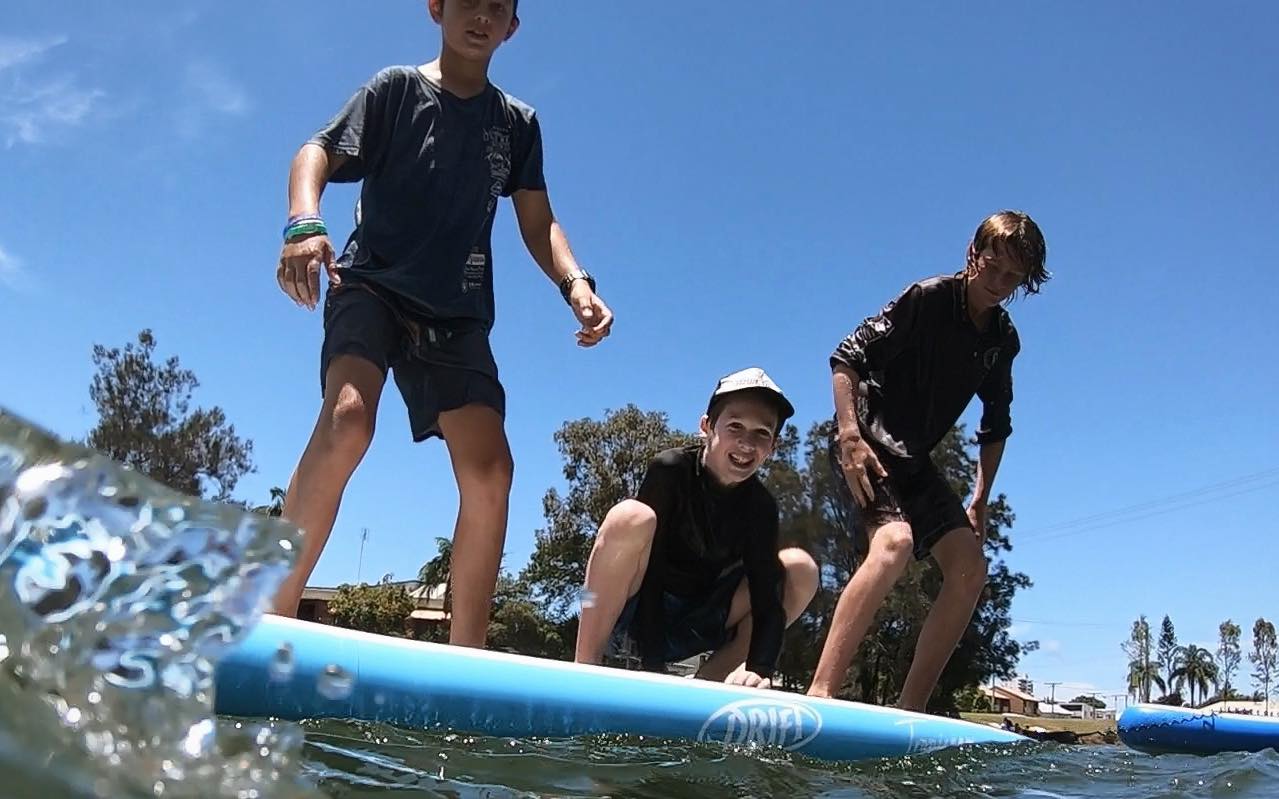
Why get an inflatable or soft SUP:
- You have limited storage space or transport issues Inflatable is for you: If you live in a small house, condo or apartment, you may not have room for a large solid board. Or if you don’t have or want roof racks on your car Inflatable SUPs are compact when deflated and can easily be stowed in small spaces, like a closet or the trunk of a car.
- You’re travelling inflatable is for you: If you’re in a caravan, sailboat or hopping on a plane, you can bring along your inflatable SUP and do some paddling when you reach your destination. Most storage bags have backpack straps for easy carrying.
- Durability and weight – both soft and inflatable SUP’s are incredibly durable. Families need not worry about damage to the boards and can just relax and let the family have fun. You don’t need to worry about damaging them when running into object both on and off the water. The list goes on… these boards can be far more practical in many situations without really compromising performance in general use.
Try Before You Buy
There is no better way to decide which is the right board than to try it first, we make that easy for you with our indoor test pool and regular demo days – please come on in or contact us to ask any questions and book in for a demo.
Open 7 days -188 Nicklin way, Warana (next to the fire station)
How To Transport Kayaks & Paddleboards On Roof Racks – FAQ
If you’re buying a kayak or paddleboard, after choosing which one your next biggest decision will be how to get it home and to and from the water.
Answered in this article – How do you Transport 2 kayaks or 1 kayak and a SUP, Do you need roof racks, how to use kayak tie-downs, can you lock your kayaks on the roof racks…and more frequently asked questions around getting your kayak or paddleboard to and from the water safely.

